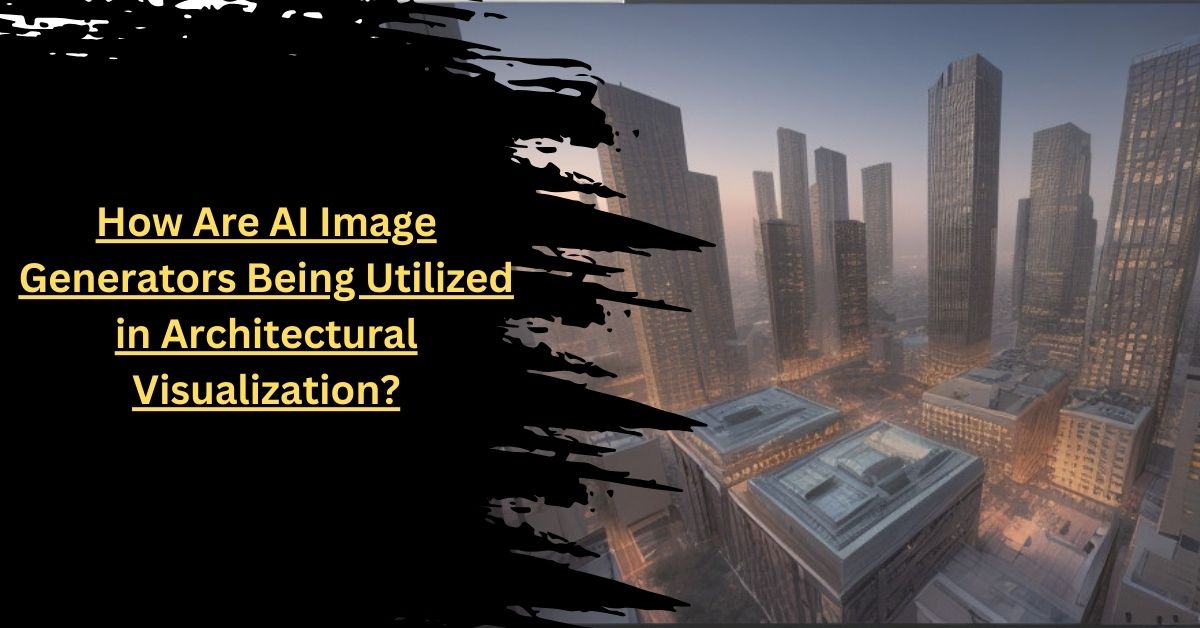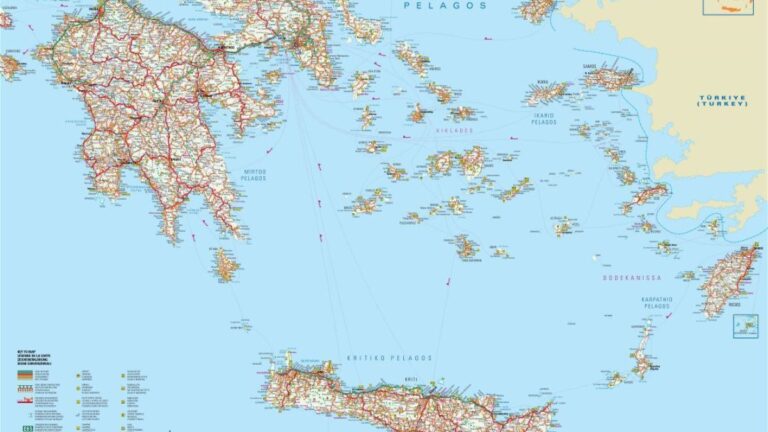How Are AI Image Generators Being Utilized in Architectural Visualization?
The field of architectural visualization is experiencing a significant transformation, thanks to the advent of ai art generator technologies.
These tools enhance the way architects visualize projects, streamline the design process, and open up new possibilities for creativity and efficiency. This article explores the various ways AI image generators are utilized in architecture.
Creating Detailed Renderings Quickly
AI image generators have revolutionized the speed and detail with which architectural renderings can be produced. Traditionally, creating detailed visualizations of architectural designs required extensive manual effort and could take days or weeks, depending on the complexity.
Now, AI tools can generate high-quality images in a fraction of the time. This rapid rendering allows architects to explore more design options and iterations without the usual time constraints, leading to better and more innovative architectural solutions.
These AI-generated images are incredibly detailed, allowing architects and clients to visualize the texture of materials, the interplay of light and shadows, and other environmental impacts on the building design. This level of detail helps make more informed decisions early in the design process, reducing costly changes during construction.
Enhancing Client Presentations
With AI image generators, presentations to clients have become more engaging. Architects can now present multiple visual scenarios quickly, showing how a building could look at different times of the day or under various weather conditions.
This dynamic presentation style not only impresses clients but also gives them a clearer understanding of the project, leading to quicker and more confident approval processes.
AI tools also enable the creation of virtual tours within the architectural renderings, allowing clients to experience the space in a virtual environment before any actual construction begins. This immersive experience can be decisive in how clients and stakeholders receive projects.
Improving Accuracy and Reducing Errors
Accuracy in architectural visualization is paramount, as even small errors can lead to significant issues during construction. AI image generators help improve the accuracy of renderings by automating calculations and measurements that would typically be prone to human error.
By integrating AI with existing CAD software, architects can ensure that their visualizations accurately reflect the precise dimensions and specifications of the planned structure.
AI can simulate real-world conditions and analyze potential impacts on building design, such as natural light, wind patterns, and energy efficiency. This not only helps optimize the design for environmental factors but also ensures that the building will be sustainable and functional.
Adobe Firefly states, “AI art generators work fast. If you need an image quickly, you can make that happen with Firefly. If you need background assets for a bigger project or a quick illustration, generative AI can lend a hand.”
Streamlining Collaboration Among Teams
Collaboration is critical to architectural projects involving various stakeholders, including engineers, designers, and construction teams. AI image generators facilitate smoother collaboration by allowing all parties to visualize and review design changes in real-time. This shared visual context helps avoid misunderstandings and aligns all project members with the same vision.
AI-driven tools can be integrated into cloud platforms, enabling team members to access and modify designs from anywhere in the world. This flexibility is particularly beneficial in today’s globalized work environment.
Predicting Future Trends and Applications
Finally, AI image generators are visualization tools and instruments for predicting and setting new architectural trends. By analyzing vast amounts of global design data, AI can identify emerging trends and patterns that might influence future architectural styles. This foresight can give architects a competitive edge by enabling them to incorporate cutting-edge design trends into their projects.
AI image generators play a transformative role in architectural visualization, enhancing design process speed, accuracy, and effectiveness. As these technologies continue to evolve, their impact on the field of architecture is expected to deepen, driving innovations that could redefine how buildings are designed and constructed.






